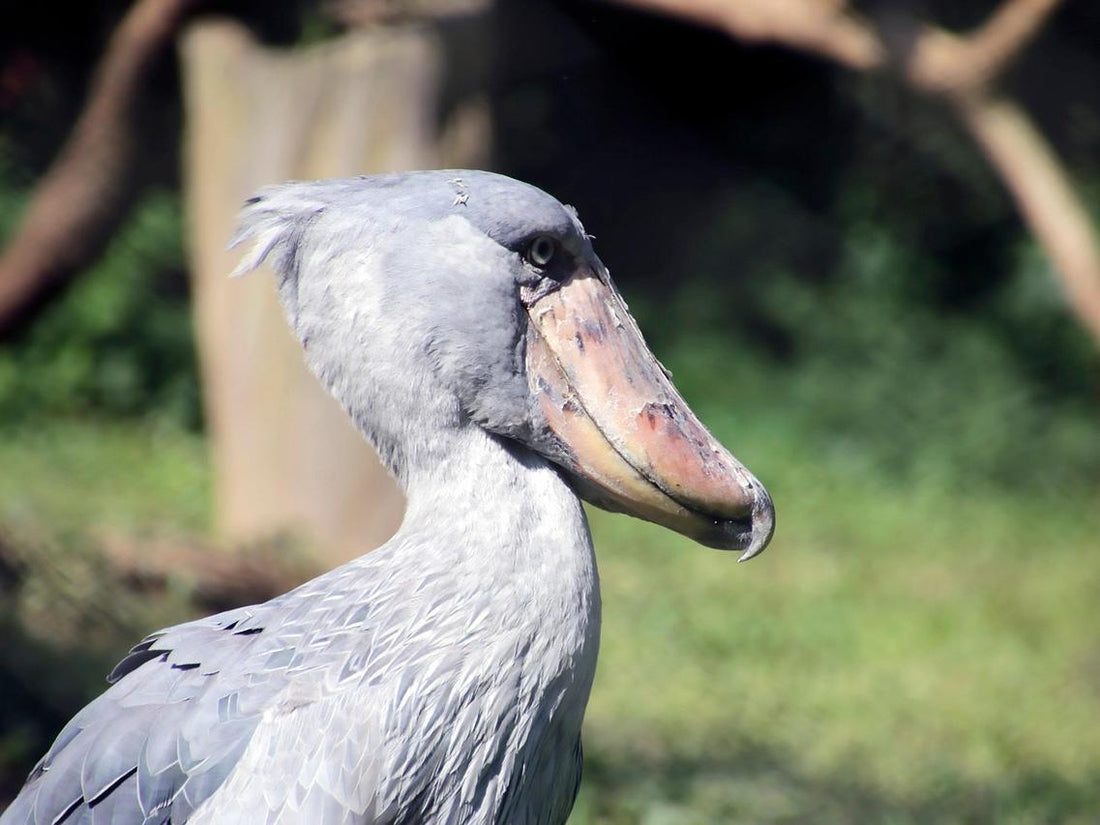The Ugliest Birds In The World: Natural Wonders That Are So Ugly In Their Own Ways
TaylorAlice
When you think of birds, what often comes to mind are the colorful parrots, the singing American Robin, or the gracefully gliding falcons in the sky.
On the stage of nature, however, there is a group of "astonishingly ugly" characters that, with their strange postures or bizarre faces, subvert all our imagination of "bird aesthetics".
Do you know who these ugly birds are?
Marabou Stork

Near African landfills, there is often a large bird dressed in a "funeral cape" and with a "baldbulb" on its head. lt is the Malab bald stork!This bird has no feathers on its head or neck, and its pinkish-white skin is exposed naked to theair, lt also has a huge neck sac, resembling a "walking corpse" in a robe.After nightfall, they gather on tall branches, occasionally making creaking beaks and low growls,staging a "funeral chorus".
This "bald friend" may look a little scary, but it is they who eat all the rotten meat, leaving noplace for disease to hide.
Shoebill

The shoebill stork has a highly distinctive appearance. Its huge beak, like a "Dutch clog", makes it look just like a prehistoric dinosaur. It often appears in people's eyes in a rigid "statue shape", with a sharp and alert gaze as if encountering prey, and mechanical and slow hunting movements, giving people a strange feeling.
Although they don't make much sound usually, during the breeding season, they will emit strange cow sounds.
This kind of bird is now classified as a vulnerable species and its global population is showing a downward trend. Although its appearance is somewhat absurd, it is also a top hunter in the swamp and can precisely catch the fish it wants.
It is usually silent, but during the breeding season, it makes strange mooing sounds. When camouflaged, it remains motionless, just like a living sculpture.
Great Potoo
It is called the "stump ghost" of the rainforest at night. When you run into it, you might even think you're walking into an Alien scene. This mysterious one is the Great Swift!It is the largest species of the Swiftidae family, and at night it gives a low, groaning roar, like the sound track of a horror film, reverberating deep into the rainforests from Mexico to Brazil.
The big swifts have a distinctive appearance. Some find it cute, while others find it extremely ugly. They tend to stand motionless on trees during the day, with feathers almost blending in with the bark, and look especially creepy when they open their big eyes.
Though not good-looking, the great swift is a true "guardian of the night" for the ecology, an important link in controlling pests and the food chain at night.
California Condor
The California condor can be said to be the largest land bird in North America and one of the world's most endangered species. When it spreads its wings, it can reach up to 3 meters in length.
But beyond its huge size, it has a cool gliding posture.It has bare scalps and gray-black feathers, and its skin changes from gray to bright orange-red, which is rather ugly, so it is called one of the ugliest birds by many.
The California vulture was once extinct in the wild, but fortunately, with human intervention, its population has rebounded, but it is stillvery rare.
As nature's top scavengers, it has strong claws and teeth that can easily tear apart the carcasses of large animals to clear the way for other scavengers.
Although the vulture is not very good-looking, this appearance is an evolutionary advantage for its adaptation to life. It can keep the body clean while cleaning up and convey emotions through the color of its scalp, which is a wonder of nature's creation.
Conclusion
From swamps to rainforests, from wetlands to the high altitudes, these "ugly and cute" superstars, although known for their strange shapes, each play their own role in the ecosystem.
Although their appearance is far from traditional aesthetics, they interpret "another kind of beauty of nature" with irreplaceable ecological functions.
May we, while marveling at their "ugly and cute charm", not forget to protect this group of ecological scavengers and nocturnal hunters, so that more creatures that are not originally "beautiful" can continue to write their own life legends on Earth.
